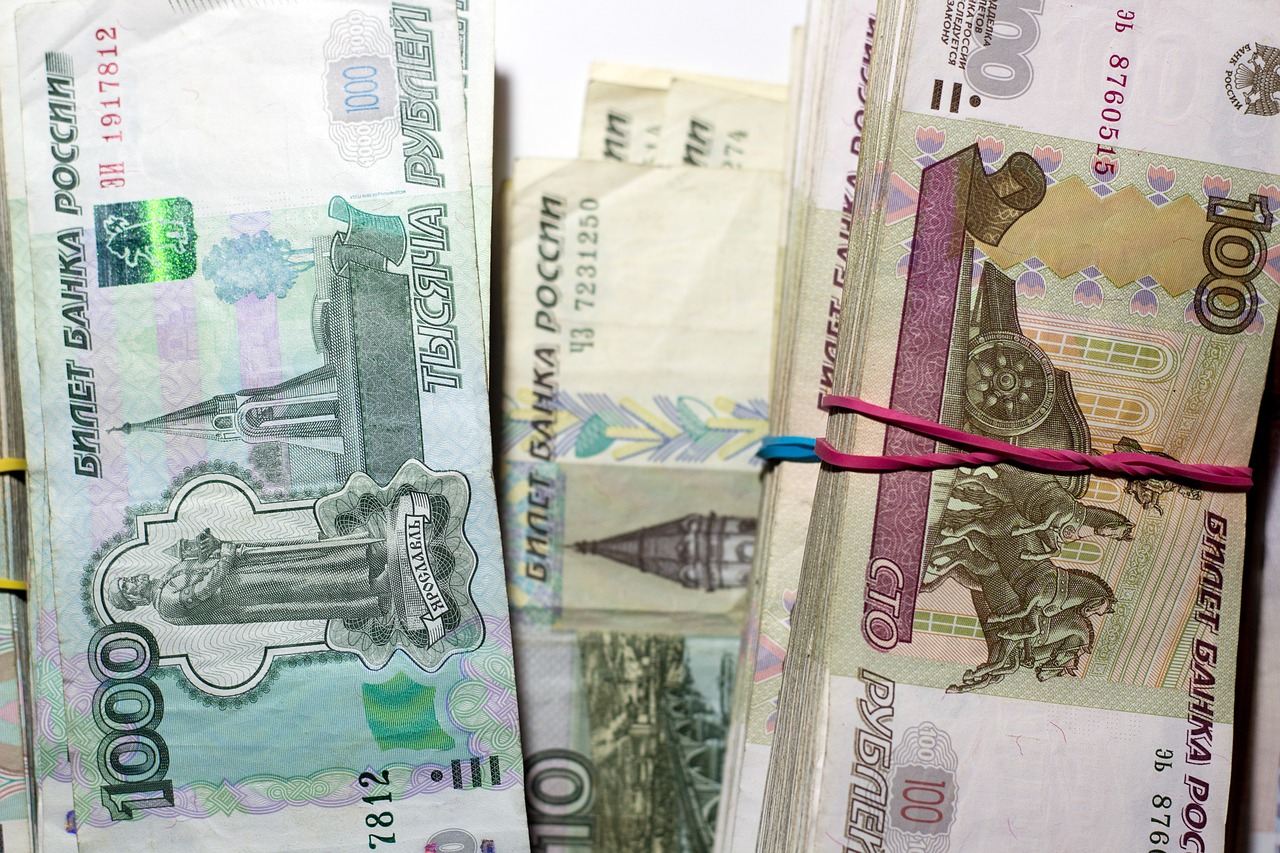On Friday, the Russian ruble fell to a low of three weeks in Moscow trading against the US dollar and the euro.
The currency was on a continuous weakening trend because the market was anticipating the measures that could curb the recent strength of the Russian currency.
Ruble declines
There was a 1.6% decline in the Russian ruble by 1023 GMT against the euro, as it was trading at a value of 62.72. It had earlier declined to its weakest level of 62.87 since July 8th.
As far as the US dollar is concerned, the ruble recorded a fall of 1.5% to reach 61.71, after it had come down to a low of three weeks to 61.9250.
In recent sessions, the ruble has shown some negative dynamics because export firms are no longer able to offer the same kind of support.
This is because the income-tax payment period in which these companies convert their euros and dollars to rubles came to an end on Thursday.
Market analysts said that there was a possibility this trend could go on, although there were not any such fundamental reasons that could contribute to the weakening of the Russian currency.
Budget rule
The actual news that the market is currently focusing on is that the government would step in and reinstate the budget rule in the Russian Federation.
If they do so, it means that the excess revenues that they generate via oil would be transferred at a new cut-off price into a rainy day fund.
The government has also given hunts about making an intervention in the forex market, which could prevent further strengthening in the ruble.
Officials have recently become concerned about the continuous strengthening of the currency because it is a blow to the income generated via commodity exports.
Market analysts said that the tax period had come to an end and now the finance ministry could make possible interventions to help the Russian currency.
Yearly performance
Since the beginning of the year, the performance of the Russian ruble has helped it deliver the best performance as opposed to the other fiat currencies in the world.
This was because after Russia had begun its invasion of Ukraine, the government had implemented several measures to keep the financial system of the country up and running.
It was done with the aim of protecting it from the sanctions that have been imposed after the invasion by Western nations.
These measures include not allowing Russian households to make withdrawals from their foreign currency savings.
There was a 2% gain in Brent crude oil, which is considered a global benchmark for the primary import of Russia, as it reached a value of $109.3 per barrel.
As for the stock indexes in Russia, they appeared to be mixed.
There was a 1.6% decline in the RTS index, which is dollar-denominated, as it had come down to 1,119.7 points. As for the MOEX Russian index, which is based on the ruble, it climbed 0.3% to reach 2,194.6 points.

